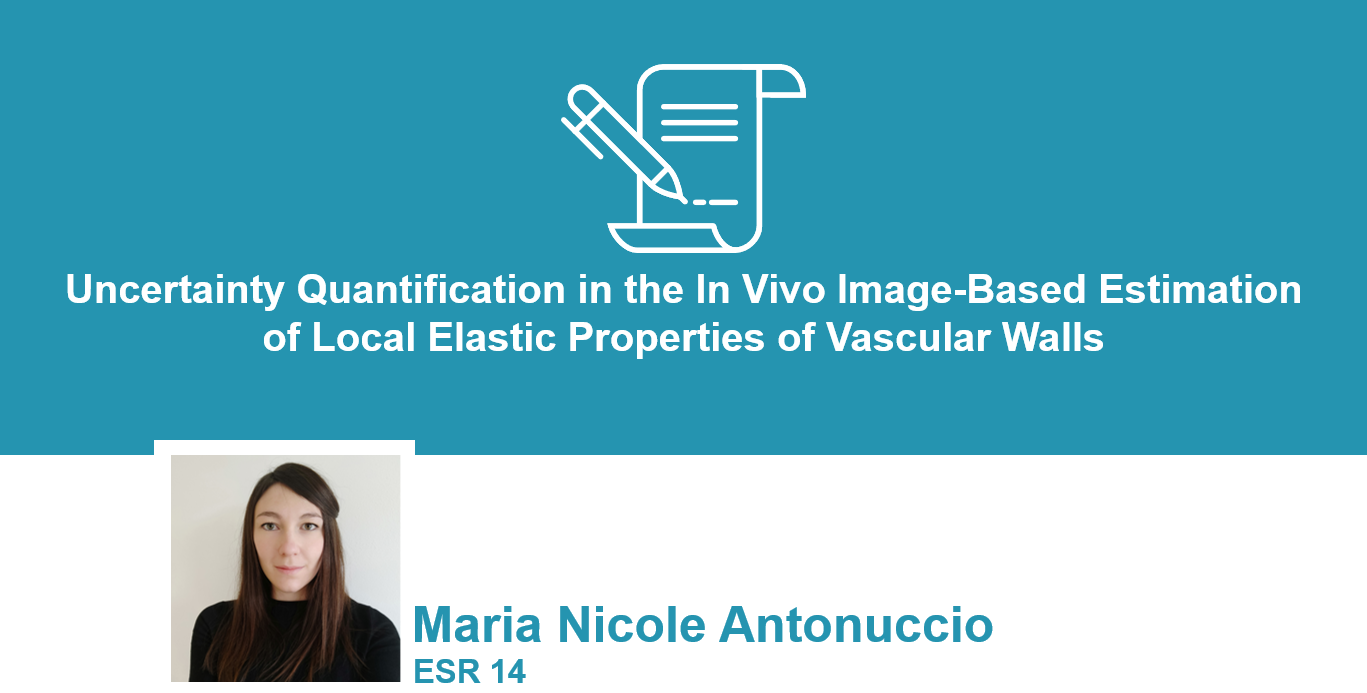An interview with Dr. Simona Celi, Ethic Coordinator of the MeDiTATe project
We had a small talk with Dr. Simona Celi, a member of the Board of the MeDiTATe project. She is a Senior scientist at Fondazione Toscana G. Monasterio (FTGM) and co-founder of the BioCardioLab. In her experience, she participated to several National and International research projects and currently she is the technical Project Investigator (PI) and sub-unit PI of three national research grants. During the project, she will be supervising ESR09, ESR10 and ESR14.
The MeDiTATe project, a research proposal funded by the European Commission in the framework of Horizon 2020 programme. Can you tell us about FTGM and its role in the project? Read More






